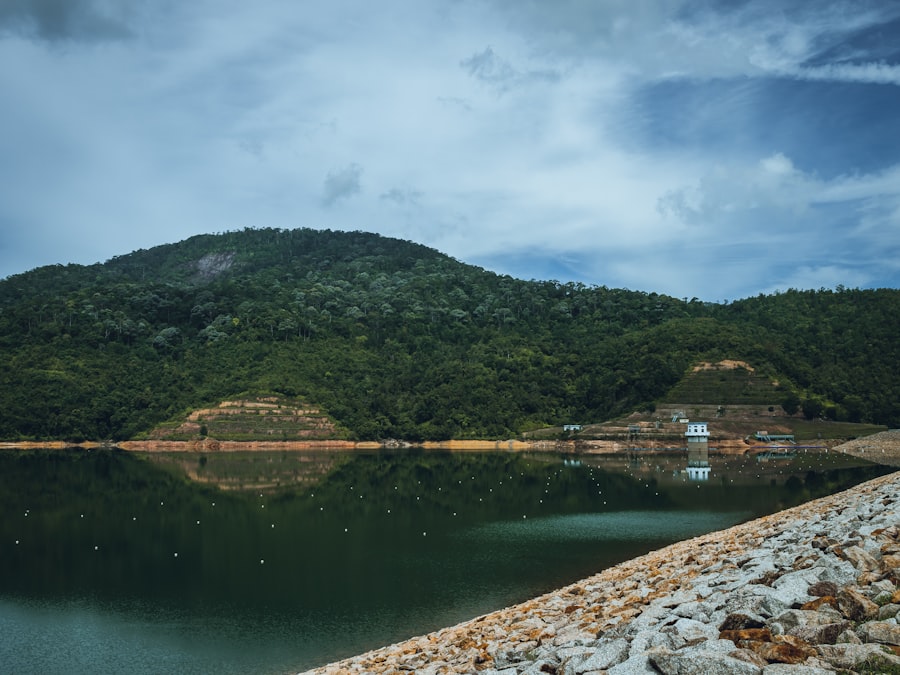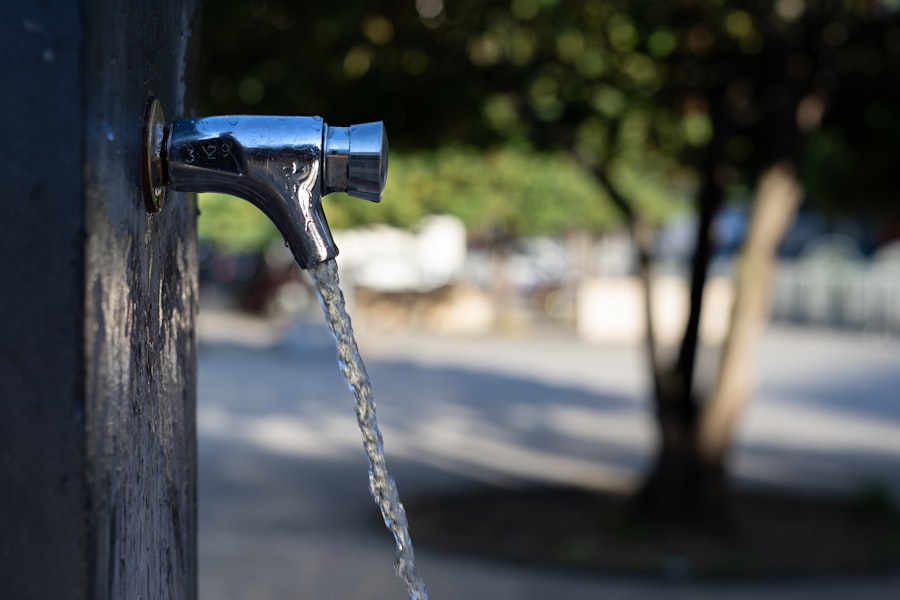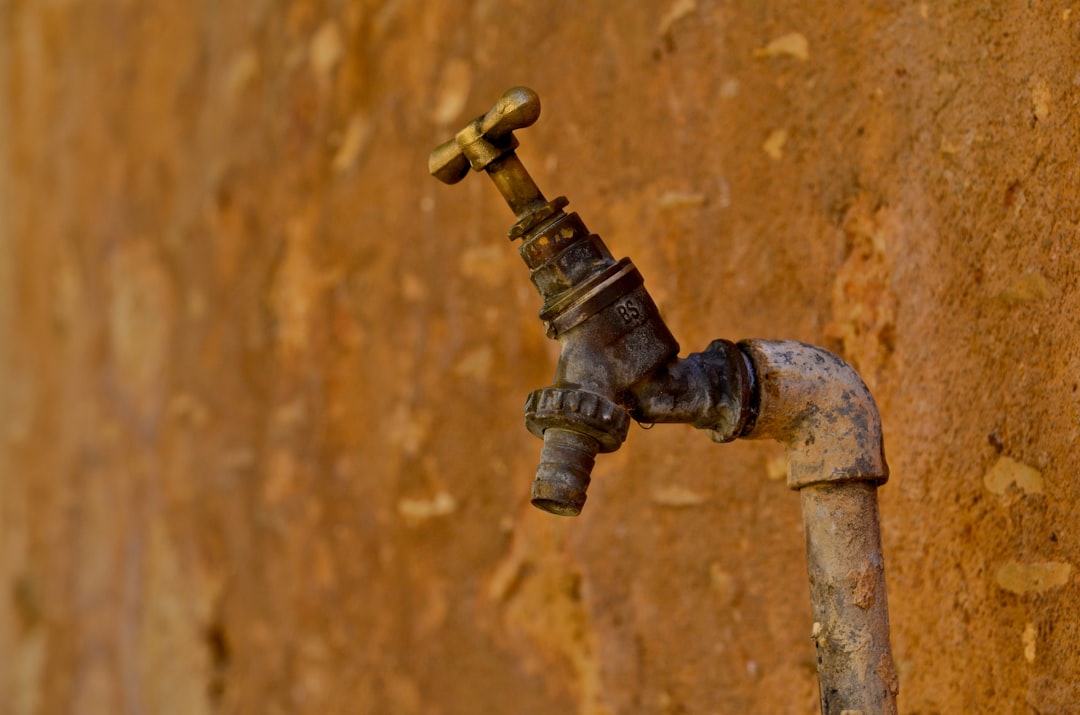Panama, a nation renowned for its lush landscapes and abundant biodiversity, is currently grappling with a pressing water scarcity crisis. Despite its geographical advantages, including the presence of the Panama Canal and numerous rivers, the country faces significant challenges in managing its water resources. Urban areas, particularly the capital city of Panama City, are experiencing acute shortages, leading to a growing concern among residents and policymakers alike.
The situation is exacerbated by climate change, which has altered rainfall patterns and increased the frequency of droughts, further straining the already limited water supply. The disparity between urban and rural water access is stark. While urban centers may have some infrastructure in place, rural communities often rely on unreliable sources for their water needs.
This inequity highlights the urgent need for comprehensive strategies to address water scarcity across all regions of Panama. As the population continues to grow and industrial demands increase, the pressure on water resources intensifies, making it imperative for the government and communities to take immediate action to secure a sustainable water future.
Key Takeaways
- Panama is facing severe water scarcity due to factors such as deforestation, pollution, and climate change.
- Water scarcity is impacting communities and ecosystems, leading to health issues, agricultural challenges, and loss of biodiversity.
- The government is implementing initiatives to address water scarcity, including infrastructure improvements and conservation programs.
- Conservation and sustainable water management are crucial for ensuring a reliable water supply for future generations.
- Community-based solutions, technology, collaboration with international organizations, and education are key in addressing water scarcity and ensuring water security in Panama’s future.
Factors Contributing to Water Scarcity in Panama
Several factors contribute to the ongoing water scarcity crisis in Panama. One of the primary issues is the rapid urbanization that has taken place over the past few decades. As more people migrate to cities in search of better opportunities, the demand for water has surged, outpacing the existing infrastructure’s ability to supply it.
This urban influx has led to over-extraction of groundwater and increased pollution of local water sources, further complicating the situation. Additionally, climate change plays a significant role in exacerbating water scarcity. Changes in precipitation patterns have resulted in prolonged dry seasons and unpredictable rainfall, making it difficult for communities to rely on traditional water sources.
These interconnected factors create a complex web of challenges that require multifaceted solutions to ensure that all Panamanians have access to clean and reliable water.
Impact of Water Scarcity on Communities and Ecosystems

The impact of water scarcity in Panama extends beyond mere inconvenience; it poses serious threats to both communities and ecosystems. For many families, limited access to clean water means they must spend hours each day searching for alternative sources, often leading to health risks associated with contaminated water. Children are particularly vulnerable, as they may miss school due to water-related illnesses or the need to assist their families in fetching water.
This cycle of scarcity not only affects individual health but also hinders educational opportunities and economic development. Ecosystems are equally affected by water scarcity. Rivers and wetlands that once thrived are now under threat from reduced water flow and increased pollution.
Aquatic life suffers as habitats degrade, leading to a decline in biodiversity. The loss of these ecosystems can have far-reaching consequences, including diminished natural resources for local communities that depend on fishing and agriculture. The interdependence between human well-being and ecological health underscores the urgency of addressing water scarcity in a holistic manner.
Government Initiatives to Address Water Scarcity
| Initiative | Description | Impact |
|---|---|---|
| Water Conservation Campaigns | Public awareness programs to promote water-saving practices | Reduction in water consumption |
| Investment in Water Infrastructure | Upgrading and building new water treatment and distribution systems | Improved access to clean water |
| Policy Reforms | Implementing regulations to manage water usage and protect water sources | Preservation of water resources |
| Research and Innovation Funding | Supporting development of new technologies for water conservation and desalination | Advancements in water sustainability |
In response to the growing crisis, the Panamanian government has initiated several programs aimed at mitigating water scarcity. One notable effort is the National Water Plan, which seeks to improve water management practices across the country. This plan emphasizes the need for infrastructure development, including the construction of new reservoirs and treatment plants, as well as the rehabilitation of existing systems.
By investing in these projects, the government aims to enhance access to clean water for both urban and rural populations. Moreover, public awareness campaigns have been launched to educate citizens about the importance of water conservation. These initiatives encourage individuals and businesses to adopt more sustainable practices, such as reducing water waste and implementing rainwater harvesting systems.
By fostering a culture of conservation, the government hopes to empower communities to take an active role in managing their water resources effectively.
Importance of Conservation and Sustainable Water Management
Conservation and sustainable water management are critical components in addressing Panama’s water scarcity crisis. By promoting responsible usage and protecting existing water sources, communities can ensure that future generations have access to this vital resource. Sustainable practices not only help preserve ecosystems but also enhance resilience against climate change impacts.
For instance, implementing efficient irrigation techniques in agriculture can significantly reduce water consumption while maintaining crop yields. Furthermore, conservation efforts can lead to economic benefits by reducing costs associated with water treatment and distribution. When communities prioritize sustainable practices, they can lower their overall demand for freshwater resources, allowing for better allocation of available supplies.
This shift towards sustainability is essential for fostering long-term water security in Panama.
Community-Based Solutions to Water Scarcity

Community-based solutions have emerged as effective strategies for tackling water scarcity in Panama. Local organizations and grassroots movements are increasingly taking the lead in implementing innovative approaches tailored to their specific needs. For example, some communities have established cooperative systems for managing shared water resources, ensuring equitable distribution among residents.
These initiatives not only promote collaboration but also empower individuals to take ownership of their local water supply. Additionally, traditional knowledge plays a vital role in community-based solutions. Indigenous practices related to water management often emphasize conservation and respect for natural ecosystems.
By integrating these time-tested methods with modern techniques, communities can develop holistic strategies that address both immediate needs and long-term sustainability goals.
Role of Technology in Addressing Water Scarcity
Technology has become an indispensable ally in the fight against water scarcity in Panama. Innovations such as smart irrigation systems and advanced monitoring tools enable more efficient use of water resources in agriculture and urban settings alike. These technologies allow farmers to optimize their irrigation schedules based on real-time weather data, reducing waste while maximizing crop productivity.
Moreover, advancements in water purification technologies are making it possible to treat contaminated sources more effectively. Desalination plants are also being explored as a potential solution for coastal areas facing freshwater shortages.
Collaboration with International Organizations and NGOs
Collaboration with international organizations and non-governmental organizations (NGOs) has proven beneficial in addressing Panama’s water scarcity challenges. These partnerships often bring valuable expertise, funding, and resources that can complement government efforts. For instance, NGOs focused on environmental conservation can assist in implementing community-based projects that promote sustainable practices while raising awareness about the importance of protecting local ecosystems.
International organizations also play a crucial role in facilitating knowledge exchange between countries facing similar challenges. By sharing best practices and lessons learned from successful initiatives worldwide, Panama can adopt proven strategies tailored to its unique context. This collaborative approach fosters a sense of solidarity among nations working towards common goals related to water security.
Promoting Education and Awareness about Water Scarcity
Education and awareness campaigns are essential for fostering a culture of conservation in Panama. By informing citizens about the causes and consequences of water scarcity, individuals can better understand their role in addressing this pressing issue. Schools play a pivotal role in this effort by incorporating environmental education into their curricula, teaching students about sustainable practices from an early age.
Community workshops and outreach programs can further enhance public understanding of water management issues. Engaging local leaders and influencers can amplify these messages, encouraging broader participation in conservation efforts. When individuals recognize their collective responsibility towards preserving water resources, they are more likely to adopt sustainable behaviors that contribute to long-term solutions.
Supporting Small-Scale Farmers and Agriculture in Water Conservation
Small-scale farmers are vital stakeholders in Panama’s agricultural landscape, yet they often face significant challenges related to water scarcity. Supporting these farmers through targeted initiatives can yield substantial benefits for both food security and sustainable resource management. Programs that provide training on efficient irrigation techniques or drought-resistant crop varieties can empower farmers to adapt to changing conditions while conserving precious water resources.
Additionally, facilitating access to financial resources enables small-scale farmers to invest in technologies that enhance their resilience against droughts or floods. By prioritizing support for these agricultural producers, Panama can strengthen its food systems while promoting responsible stewardship of its water resources.
The Future of Water Security in Panama
The future of water security in Panama hinges on a collective commitment from all sectors of society—government agencies, communities, businesses, and individuals alike—to prioritize sustainable practices and innovative solutions. As climate change continues to pose challenges, proactive measures must be taken to adapt and mitigate its impacts on freshwater availability. Investing in infrastructure improvements, fostering community engagement, leveraging technology, and collaborating with international partners will be crucial steps toward achieving long-term water security.
By embracing a holistic approach that considers both human needs and ecological health, Panama can pave the way for a more resilient future where all citizens have access to clean and reliable water resources. The journey ahead may be fraught with challenges, but with determination and collaboration, a sustainable path forward is within reach.
In recent years, Panama has been grappling with significant water scarcity issues, impacting both urban and rural communities. This challenge is exacerbated by climate change, deforestation, and inefficient water management practices. An insightful article on this topic can be found on MyGeoQuest, which delves into the various factors contributing to water scarcity in Panama and explores potential solutions to mitigate this pressing issue. For more detailed information, you can read the full article by visiting MyGeoQuest’s article on water scarcity in Panama.
WATCH NOW! Unlocking Disaster: 7 Choke Points That Could Fracture Our Connected World Overnight
FAQs
What is water scarcity?
Water scarcity refers to the lack of sufficient available water resources to meet the demands of the population within a certain region. It can be caused by various factors such as climate change, overuse of water resources, and pollution.
How does water scarcity affect Panama?
Water scarcity in Panama is a growing concern due to factors such as deforestation, pollution, and climate change. This has led to decreased water availability for both domestic and agricultural use, impacting the livelihoods of many people in the country.
What are the causes of water scarcity in Panama?
The causes of water scarcity in Panama include deforestation, pollution of water sources, climate change, and inefficient water management practices. These factors have led to a decrease in the availability of clean and safe water for the population.
What are the potential solutions to address water scarcity in Panama?
Potential solutions to address water scarcity in Panama include reforestation efforts to protect water sources, improved water management practices, investment in water infrastructure, and the promotion of water conservation and efficiency measures.
How does water scarcity impact the environment in Panama?
Water scarcity in Panama can lead to negative impacts on the environment, such as reduced biodiversity, degradation of ecosystems, and increased vulnerability to natural disasters. It can also lead to conflicts over water resources among different stakeholders.
